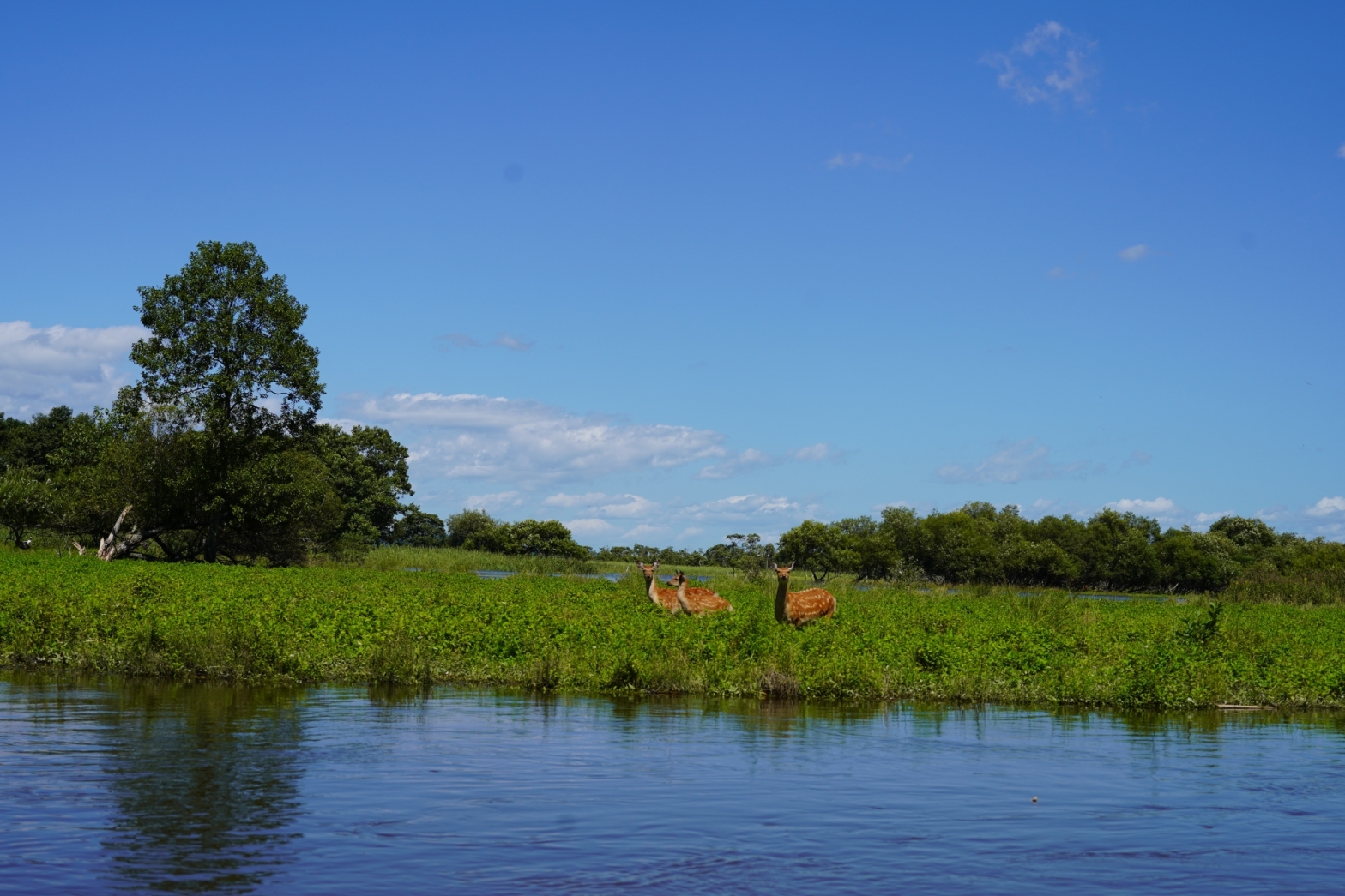LOCATION of the MUSEUM
The Kushiro-shitsugen Wildlife Center 釧路湿原野生生物保護センター is located in Kushiro City, Hokkaidō of Japan.
Kushiro has a cool climate throughout the year, which is suitable for fishing in spring and summer and mountain hunting in autumn and winter, and has developed as a living place for humans since prehistoric times.
Today, Kushiro is the largest city in the eastern region of Hokkaidō, with Kushiro Airport and Kushiro Port, and is also home to foreign consulates and international organisations.
HISTORY of the MUSEUM
The museum is an exhibition and research facility that opened in 1993 as a model facility for efforts to protect and manage wetlands and wildlife. It was established after the 5th Conference of the Contracting Parties to the Ramsar Convention was held in the Kushiro Marshland, which raised the momentum for environmental conservation.
In the museum, explanations about rare wildlife and the wetland ecosystem are provided mainly through dioramas, panels and other secondary materials. In the audio-visual room, there is a film exhibition on rare wildlife and the results of various monitoring surveys, including data on wildlife habitats in the wetlands, are provided.
As the museum does not have a qualified curator, it is not classified as a museum-like facility under the Museum Law of Japan.
OUTLINE of the MUSEUM
The core of the museum is Kushiro Marshland National Park. The protection of Kushiro Marsh began in 1935 when part of the area was designated as a national natural monument as the Kushiro Grus Japonensis Breeding Area. In 1952, the area was designated as a special natural monument, and in 1958, it was designated as a wildlife sanctuary. Furthermore, in 1980, the site was internationally recognised for its rare value and became a Ramsar Convention-listed wetland. In 1987, it was designated as Japan’s 28th national park. The designated area comprises Kushiro Marsh, the largest marshland in Japan, and the surrounding hills, covering a total area of 28.788 ha.
Within the designated area, there are several observation areas and walking trails where visitors can observe the natural environment of the marshland. It is also possible to enjoy outdoor activities such as overnight stays at campsites and canoeing down the river, but it goes without saying that all of these activities require attention to environmental conservation.
In addition to the Kushiro-shitsugen Wildlife Center, there are other nature interpretation facilities in the marshland, such as the Onnenai Visitor Center, Lake Toro Eco Museum Center “Arukotto”, Shirarutoro Nature Center, and Kushiro Marsh Observatory, where educational activities are conducted.
FACILITY INFORMATION
Name: Kushiro-shitsugen Wildlife Center [Kushiro Shitsugen Yasei Seibutsu Hogo Sentā 釧路湿原野生生物保護センター]
Address: 2-2101 Hokuto, Kushiro, Hokkaidō, 084-2101 Japan
URL: https://www.env.go.jp/en/nature/nps/park/kushiro/access/index.html
Access: about 2 minutes from the Yasei Seibutsu Hogo Sentā Mae [野生生物保護センター前] Bus Stop (Akan Bus)
※Please check the latest information before your visit.
REFERENCES
Tsuji, Hirohito. ‘釧路湿原野生生物保護センター [Kushiro-shitsugen Wildlife Center],’ In Encyclopedia of Open Air Museums in Japan, edited by the Laboratory of Museology in Kokugakuin University, 3. Tōkyō: The Laboratory of Museology in Kokugakuin University, 2019.

